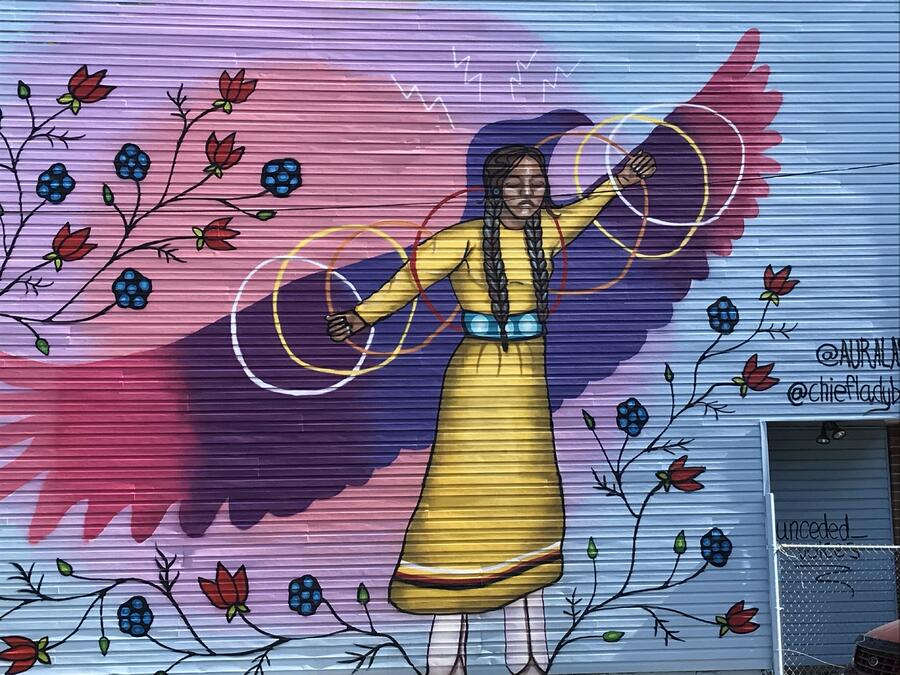The lecture series “Environment & Care: Canadian Perspectives”, jointly organized by Dr. Doris G. Eibl (University of Innsbruck), Univ.-Prof. Dr. Barbara Buchenau (University of Duisburg-Essen), and Univ.-Prof. Dr. Florian Freitag (University of Duisburg-Essen) within the framework of the Aurora Alliance, is intended to provide students with an introduction to Canadian Studies that focuses on a number of recent developments in Canada through the lens of Environment and Care, which we see as key concepts for a future-oriented and sustainable understanding of different facets of the country: the term “environment” refers not only to air, water, and land in or on which humans, animals, and plants exist, but also to the circumstances, objects, or conditions that surround humans, animals, and plants. The term “care”, in turn, implies “everything we do to maintain, continue, and repair our ‘world’ so we can live in it as well as possible. That world includes our bodies, our selves, and our environment, all of which we seek to interweave in a complex, life-sustaining way" (Tronto/Fisher 1990, 40). What we can learn from and about Canada in this respect will be explored in an interdisciplinary way in the lecture series.
The street art image of the indigenous Canadian artist Chief Lady Bird[1], which the Innsbruck organizer and director of the Canadian Studies Centre Doris G. Eibl captured on her photographic flâneries through the streets of Montréal in the late summer of 2018, critically reflects the topic of the lecture series: "It is about a different, a renewed view of complex ecological and above all social contexts beyond common clichés and well-worn myths about Canada, Doris Eibl says. It is about diversity and empowerment in a country that, like all countries, has to face a multitude of challenges in the present and the future on the fragile foundation of a history that is at once promising and precarious, fascinating and tragic. The graffiti tells the story of the anger and transformational power of a young indigenous woman, the self-determined Chief Lady Bird, her mental resilience and her will to change, indeed, her ability to change. By the way, ladybirds, as we all know, bring good luck."
PLEASE NOTE:
- Start: April 27, 2022
- Registration for BA-students of the University of Innsbruck beginning on February 1, 2022: Link
- Registration for Aurora etc. until January 30, 2022: Link
[1] Chief Lady Bird, aka Nancy King, is a Chippewa and Potawatomi artist, illustrator, educator, and community activist from Rama First Nation and Moosedeer Point First Nation, who portrays in her art intersectional Indigenous (female) experiences such as cultural appropriation, reconnection to land-based knowledge, and different forms of love. Cf. https://www.walltowallwpg.com/chiefladybird , https://en.wikipedia.org/wiki/Chief_Lady_Bird .
